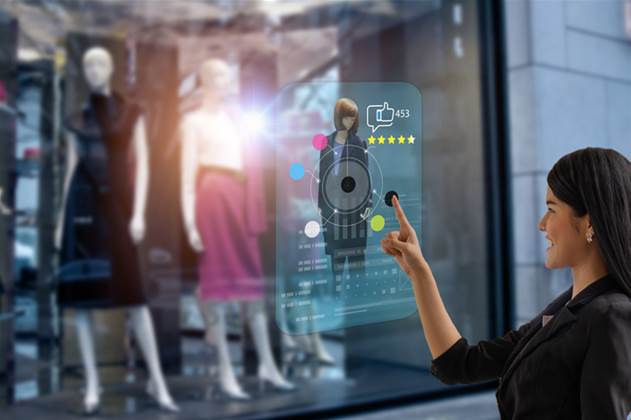Retailers who are data-rich and need to be able to clearly understand their customers and retain their customers should implement best-fit technology.

A new report from Gartner explains that best-fit technology can be used to boost customer retention and increase profitability through optimising assortments for more accuracy in ‘touchless’ personalisation, less waste and fewer returns.
Retail CIOs should understand that no single best-fit technology platform is comprehensive enough to meet the needs of both consumers and the business.
Gartner explains that a major barrier to accurate sizing is the using of many proprietary size charts with no agreed standardisation of sizing across the fashion and apparel industry.
Retailers that implement best-fit technology will be able to see that the platform can reduce both costs of sampling and product development timescales through using reliable body measurements and 3D data to improve product selection.
Max Hammond, retail technology analyst at Gartner said, “Best-fit technology is a potential lifeline for retailers who can use rich consumer and product data to reduce returns and avoid excess stock. This could have a significant impact on product margin and profitability.”
Those retail CIOs seeking to achieve digital transformation and innovation through technology should implement these key things.
Firstly, they should work with the chief marketing officer and chief data officer to define the best approach in delivering a touchless, best-fit technology ensuring that the customer and business expectations are defined prior to the technology selection.
Secondly, retail CIOs should integrate best-fit technology as part of an ecosystem that will include several applications such as CRM, ERP, product life cycle management (PLM), retail assortment management applications (RAMAs), and design and personalisation platforms to maximize the benefits.
Thirdly, they need to evaluate vendor solutions that can assist in reducing oversupplied designs and body shapes through the use of customer data. This approach will assist product teams and buyers to eliminate waste and to target new designs for underserved body types.
Lastly, retail CIOs should collaborate with suppliers and manufacturers to incorporate customer insights into the production and manufacturing process. Doing so helps retailers eradicate the sizing discrepancies that can inhibit the success of the final product.


.png&h=140&w=231&c=1&s=0)


_(20).jpg&h=140&w=231&c=1&s=0)





 iTnews Executive Retreat - Security Leaders Edition
iTnews Executive Retreat - Security Leaders Edition












_(1).jpg&h=140&w=231&c=1&s=0)



